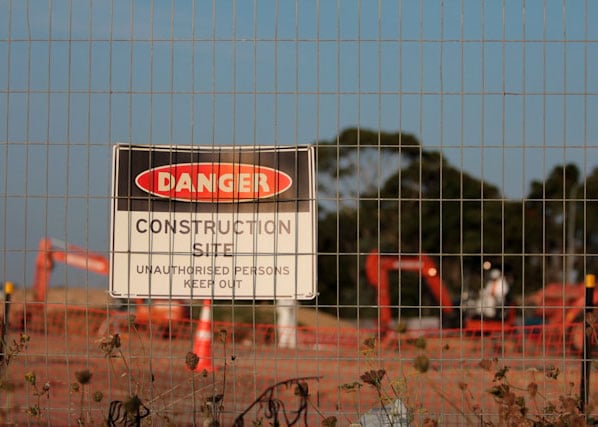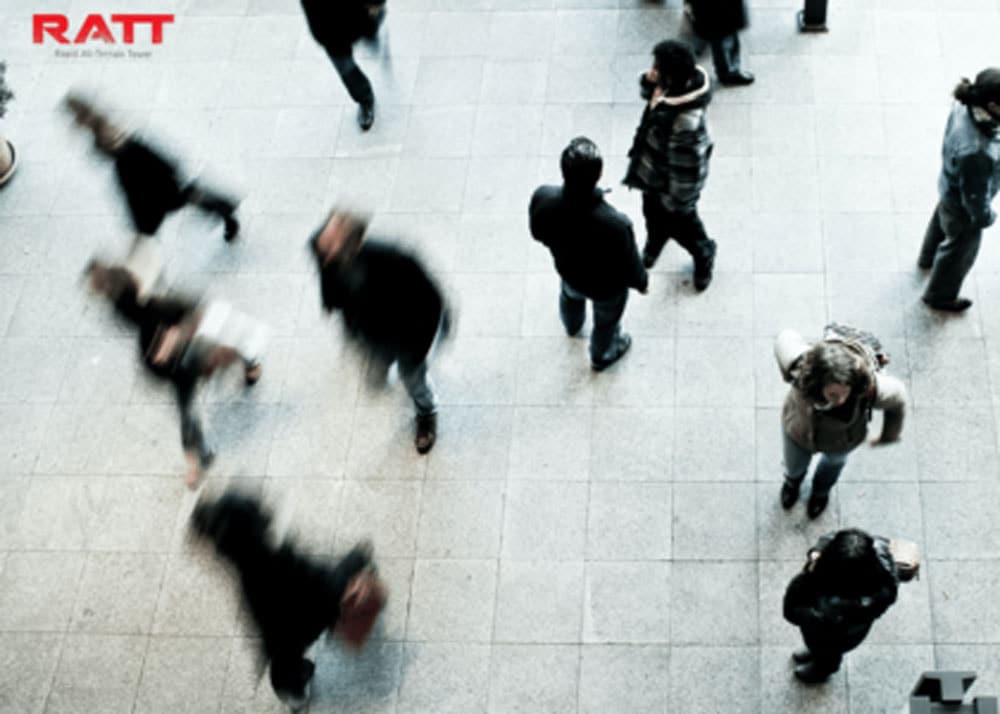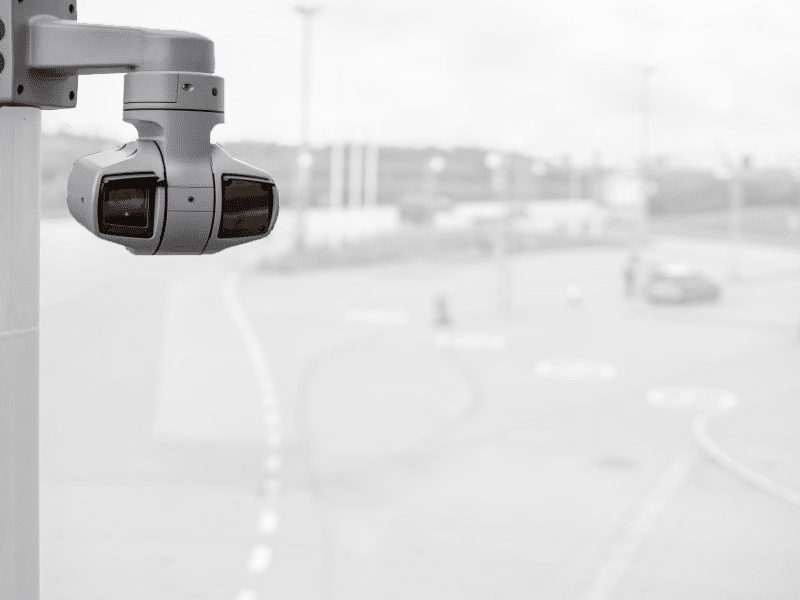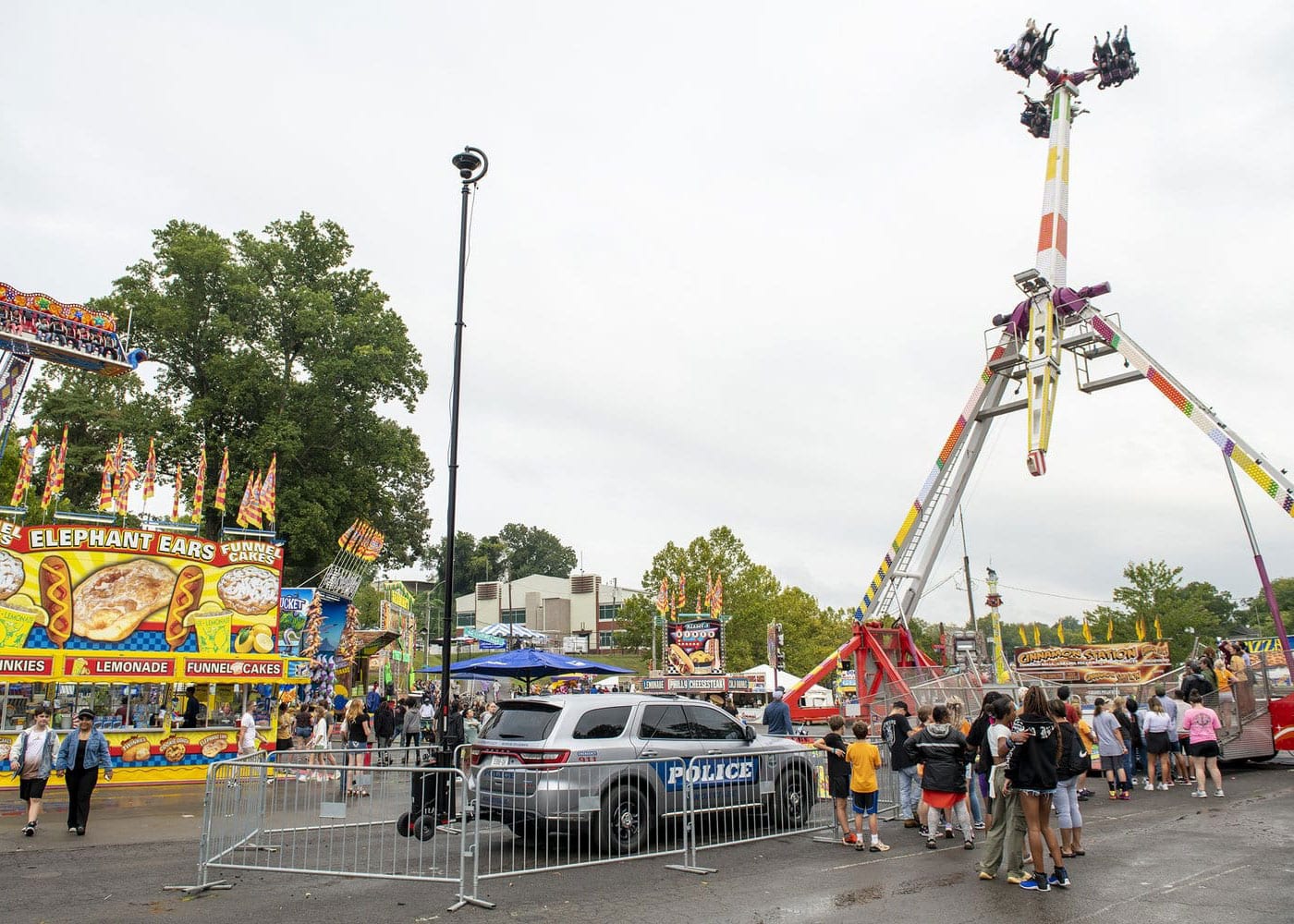Why Construction Site Security Matters
Construction sites are hot targets for theft, vandalism, and unauthorized entry. Without proper construction site security strategies, companies risk costly delays, damaged equipment, and project setbacks. A recent report from the National Equipment Register found that equipment theft costs the industry up to $1 billion annually.
Investing in comprehensive jobsite security solutions — including real-time monitoring, strong perimeter controls, and trained personnel — creates a safer and more efficient working environment.
The Risks You Face
- Stolen tools and machinery
- Vandalism that halts progress
- Injury liability from trespassers
- Loss of sensitive materials or plans
With proactive planning, these threats can be greatly reduced. Here’s how to secure your building site with layered, effective solutions.
Common Construction Site Security Threats
Construction sites are often left unattended after hours, making them vulnerable. Common threats include:
- Theft of expensive tools or machinery
- Vandalism of equipment or partially built structures
- Trespassing by curious or malicious individuals
- Arson or sabotage
In 2013, data analyzed by the National Insurance Crime Bureau and the National Crime Information Center showed that only 23% of stolen heavy equipment was recovered, highlighting the importance of theft prevention on construction sites
Proactive construction site theft prevention strategies, such as surveillance systems and access control, can significantly lower the chances of expensive losses and project delays.
Surveillance Systems: The First Line of Defense
A visible camera system is one of the best deterrents against crime. It’s also a foundational part of construction security solutions that integrate technology and human oversight to protect valuable assets.
Surveillance systems can:
- Deter theft and unauthorized access
- Provide evidence for investigations
- Monitor site activities in real time
Mobile surveillance towers, light towers, and high-resolution IP cameras play a critical role in improving construction equipment security by monitoring high-value areas like machinery lots and tool storage zones.
Mobile Surveillance Towers: Elevated Protection Wherever You Need It
Mobile surveillance towers offer a rapid, flexible way to secure large or evolving construction zones. These units elevate cameras high above the ground for a clear, unobstructed view of critical areas. Key benefits include:
- Night vision for round-the-clock coverage
- Motion detection alerts for faster response to potential threats
- Remote access to live footage from mobile devices or command centers
Because they are portable, mobile surveillance towers can be repositioned as your site grows, making them an ideal solution for dynamic construction projects. They offer a smart choice for both permanent installations, like wall-mounted systems, and temporary construction site security setups, such as hitch-mounted or tripod-mounted deployments, providing flexible coverage as projects expand or move through different phases.
Light Towers: Brightening Security After Dark
Construction sites often become vulnerable after sunset. Light towers serve a dual purpose: improving visibility for cameras and deterring would-be intruders. Proper lighting can:
- Enhance video quality for night surveillance
- Discourage unauthorized access by eliminating dark hiding spots
- Promote worker safety during after-hours operations
Strategically placing light towers along perimeters, entrances, and high-value zones can significantly strengthen your site’s overall security plan.
IP Cameras: Reliable Eyes on the Ground
IP cameras provide high-resolution video feeds and advanced features perfect for securing targeted zones like equipment yards, entrances, or storage areas. Key features of modern IP camera systems include:
- Cloud connectivity for secure, scalable footage storage
- Smart analytics to help detect intrusions, tampering, or loitering
- Flexible installation options, including wired and wireless setups
Learn more about enhanced monitoring with cloud-based video management software, which allows teams to store footage securely, access live feeds remotely, and streamline site oversight from any location. Pair that with AI-powered analytics to detect unusual activity, reduce false alarms, and support faster decision-making in real time — especially valuable on large or multi-phase construction sites.
Selecting the Right Security Cameras for Your Site
When choosing cameras for construction sites security, consider:
- Wired vs. wireless – Wireless is easier to install but may need battery or solar power.
- PTZ cameras – Provide wide coverage with zoom and rotation.
- Thermal imaging – Ideal for dark, unlit areas.
See this guide to comparing CCTV and IP cameras to understand the key differences in resolution, connectivity, and flexibility for modern job sites. You can also learn how to maximize coverage with PTZ cameras, which offer advanced zoom and pan features ideal for monitoring large or high-traffic construction zones without the need for multiple static cameras.
When selecting the best cameras for your site, it’s also important to choose models that can handle tough environments. Look for weatherproof and vandal-resistant housings that protect against dust, moisture, and physical damage. These features help extend the life of your equipment and ensure continuous operation, even in harsh conditions or high-risk zones.
Best Practices for Construction Site Security
Real-Time Monitoring and Remote Access
Cloud-based systems allow managers and security teams to:
- View live feeds anytime, anywhere
- Receive instant alerts for unusual activity
- Use AI to identify potential threats automatically
With real-time access, teams can detect problems early and minimize downtime or theft-related losses. This empowers site leaders to respond quickly, even after hours, keeping operations running smoothly and securely.
Access Control: Restricting Entry to Authorized Personnel
Limiting who gets in is essential for building site security. Access control systems may include:
- Key cards or badges
- Biometric scanners
- Temporary digital access codes
By verifying every entry and exit, companies reduce the risk of theft, vandalism, or liability from unauthorized individuals. When integrated with surveillance systems, access control adds another layer of protection, helping to track who enters and exits the site.
The Role of On-Site Security Personnel
Technology is vital, but human presence remains crucial. Security guards can:
- Conduct patrols and watch live feeds
- Respond to incidents quickly
- Support law enforcement if needed
Guards also serve as a visible deterrent, discouraging criminal activity simply by being present. For high-value or long-term projects, consider a firm with trained officers using tools like body cameras and patrol tracking apps.
Proper Lighting: A Simple Yet Effective Security Measure
Dark sites invite trouble. Adequate lighting:
- Improves camera visibility
- Deters trespassers
- Helps workers stay safe
Criminals prefer poorly lit areas where they can move unnoticed. Use light towers, motion-activated lighting, and floodlights at key locations to create a safer, more secure environment.
Fencing and Barriers: Physical Security Measures
Secure the boundary to limit entry points. Consider:
- Temporary fencing with locked gates
- Barriers around key areas like fuel storage
- Perimeter signage warning of surveillance and restricted access
Fences and barriers not only block physical access but also send a strong message that the site is monitored and protected. Ensure fences are tall, stable, and regularly inspected for tampering.
Implementing Security Policies and Training Workers
Clear security policies set expectations for everyone on site. Best practices include:
- Mandatory ID badges for workers and visitors
- Restricted access during off-hours
- Equipment sign-in/out logs
- Reporting procedures for suspicious activity
Ongoing training keeps security top of mind and helps workers recognize and report suspicious behavior quickly. Train all workers on these rules to prevent insider threats and promote accountability.
Developing an Emergency Response Plan
Preparedness is key when incidents happen. A construction security plan should include:
- Evacuation routes
- Emergency contact lists
- Incident reporting protocols
- Regular drills and updates
Effective plans not only reduce harm but also limit financial losses during an emergency. By combining technology with smart security measures for construction sites — such as access control, real-time surveillance, and emergency planning — site managers can reduce risks, protect valuable assets, and coordinate more effectively with local law enforcement and emergency responders during real-world incidents.
Emergency Readiness Checklist
- Clearly marked emergency exits
- First aid kits on-site
- Fire extinguishers near high-risk areas
- Contact info for managers and local responders
- Backup power and communication options
Regularly review and update this checklist to stay prepared as site conditions and team members change.
Final Thoughts: Build Security Into Every Phase
Whether it’s day one of excavation or week 30 of finish work, every stage of a project benefits from stronger construction site security. Combining technology with trained personnel and smart policies can significantly reduce risks.
For commercial builders, contractors, and site managers, investing in the right construction security solutions from the start helps prevent costly setbacks. If you’re evaluating new options or upgrading your current setup, our team can help recommend systems that meet your site’s specific demands — contact us today to get started.







